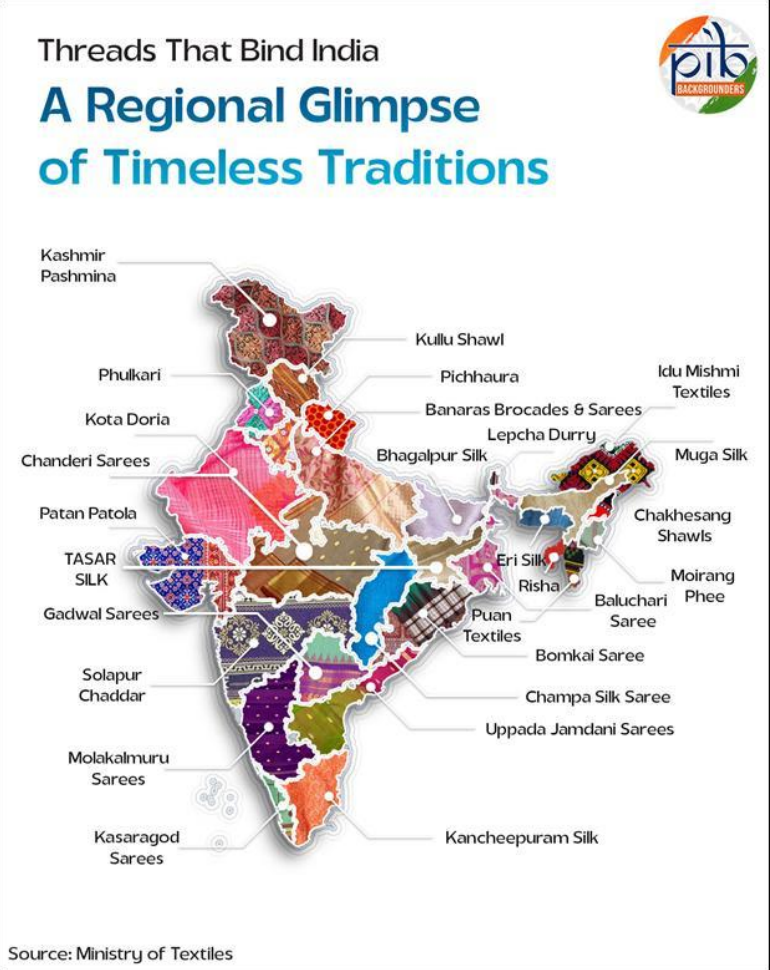Maharashtra Switch to Hindi
Maharashtra Plans NCC-Style Training for Students
Why in News?
Maharashtra’s school education minister announced the introduction of training inspired by the National Cadet Corps (NCC) for students beginning in Class 1.
Key Points
- Objective: The initiative aims to foster discipline and patriotism among students from the primary level, with a broader vision of developing well-disciplined and nation-conscious citizens.
- Training Details: The training will be military-style and NCC-inspired, focused on instilling discipline and patriotism.
- The program will be introduced at the primary school level, starting with Class 1.
- Collaboration and Expansion Plans: The state government will request the central government to increase the number of NCC training centres in Maharashtra.
- The state plans to collaborate with the ex-servicemen welfare board to enlist retired armed forces personnel for training.
- This year’s Independence Day celebrations in schools will also include parade drills performed to patriotic songs.
- Current NCC Framework in Maharashtra:
- Maharashtra currently has 7 NCC groups and 63 active units, covering 1,726 schools and colleges with over 1.14 lakh cadets.
- There are plans to expand the NCC program by adding 10 more NCC centres, which will provide an opportunity for an additional 20,314 students to participate.
National Cadet Corps
- About: The NCC is a voluntary Tri-Services organisation (Army, Navy, and Air Force) under the Ministry of Defence, headquartered in New Delhi, established by the NCC Act, 1948.
- It is the largest uniformed youth organisation globally, with over 15 lakh cadets across the country.
- Objective: It aims to groom the youth into disciplined, patriotic, and responsible citizens.
- Role in Wars & Reforms: During the 1965 and 1971 Indo-Pak wars, NCC cadets supported defence efforts by guarding vital areas, aiding in logistics, and assisting in rescue and traffic control.
- Post-1971, NCC reoriented towards leadership, social service, and nation-building, reducing its focus on combat training.
- Structure & Training: Headed by a Director General (rank of Lieutenant General).
- Enrolment from high schools, colleges, and universities across India.
- Cadets receive basic military training, and certificates (A, B, C) enhancing eligibility for military recruitment.
National Current Affairs Switch to Hindi
11th National Handloom Day
Why in News?
On 7th August 2025, the Ministry of Textiles celebrated India's handloom sector during the 11th National Handloom Day (NHD), focusing on the theme 'Weaving Innovation into Tradition.'
- On 11th NHD, at Bharat Mandapam, the President of India presented the prestigious 5 Sant Kabir Handloom Awards and 19 National Handloom Awards for 2024.
National Handloom Day
- Established on 7th August 2015, NHD marks the momentous occasion of the Swadeshi Movement, which began on 7th August 1905, encouraging indigenous handloom weaving industries.
- NHD celebrates the skilled craftsmanship and creativity behind Indian handlooms, recognizing their significance as a cherished cultural legacy.
- In partnership with the National Handloom Development Corporation (NHDC), the Ministry also introduced the Exclusive Handloom Expo and the "Haat on Wheels" mobile retail initiative.
- The "Know Your Weaves Campaign 2025" was also launched by the Ministry of Textiles as a week-long event from 1st -7st August 2025 in celebration of National Handloom Day.
Handloom Awards
- About: The awards aim to honour excellence in the handloom industry, celebrating individuals and organizations that set benchmarks in craftsmanship, innovation, and contribution to the sector's development.
- Categories of awards:
|
Aspect |
Sant Kabir Handloom Award |
National Handloom Award |
|
Purpose |
Recognizes outstanding handloom weavers for significant contributions to sector growth and tradition. |
Celebrates weavers for exceptional craftsmanship, dedication, and innovation. |
|
Eligibility |
Outstanding handloom weavers; may include national/state awardees, merit certificate holders, or extraordinary contributors. |
Weavers with exemplary craftsmanship, innovation, and dedication. |
|
Cash |
Rs. 3.5 lakh |
Rs. 2 lakh
|
Handloom Sector
- About: The Handloom sector remains a cornerstone of India’s rural economy and cultural heritage, providing employment to over 35 lakh people, with 70% being women.
- Global Presence: India is the world's sole major producer of handloom fabrics at a commercial scale, accounting for nearly 95% of global handwoven fabric production.
- India’s handloom exports continue to find strong demand across global markets, reaching over 20 countries.
- In the financial year 2024-25, the United States remained the largest destination, accounting for ₹331.56 crore worth of exports.
- Major Schemes:
- National Handloom Development Programme (NHDP): It aims to promote the sustainable growth of handloom weavers in and outside recognised clusters by forming self-reliant and competitive units.
- Raw Material Supply Scheme (RMSS): It aims to support handloom weavers by ensuring the availability of quality yarn at affordable prices through the following key objectives and components.
- MUDRA Loan: This scheme offers subsidised loans to weavers through banks at a low interest rate of 6 per cent.

.gif)

.png)





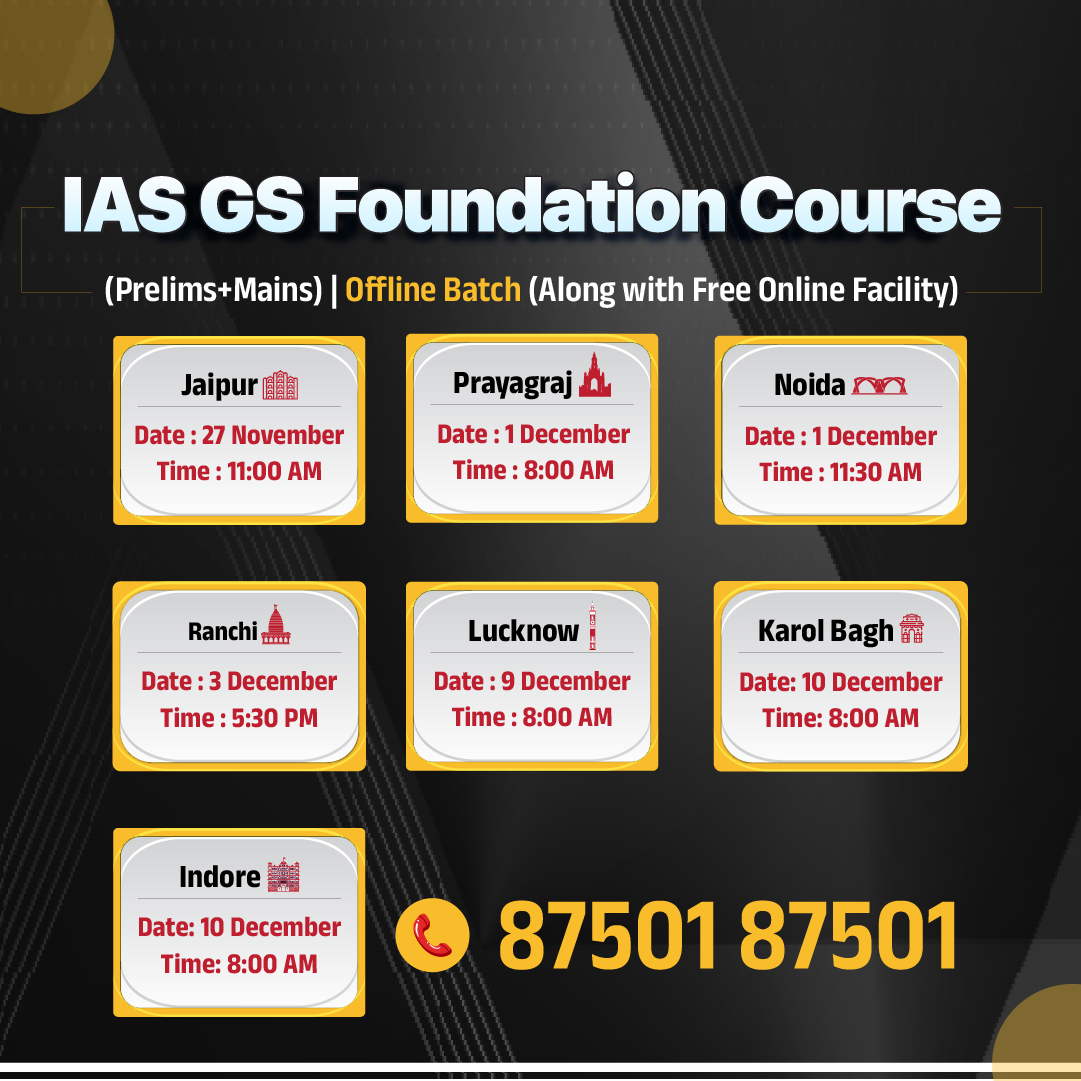



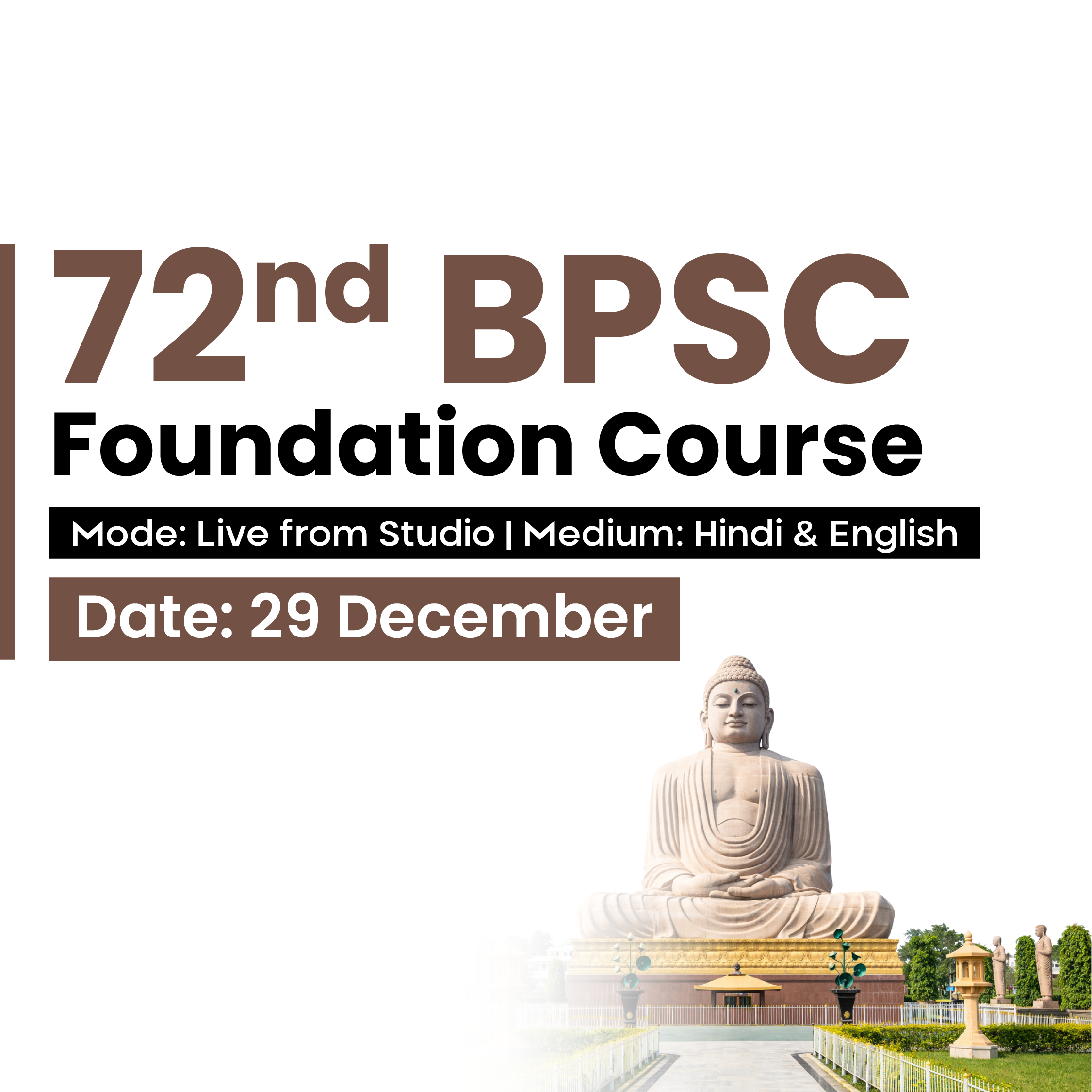



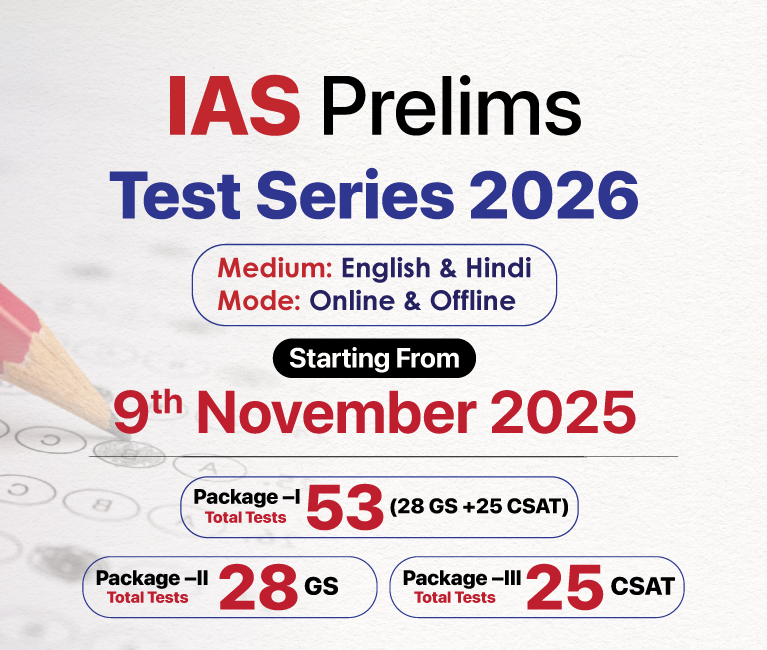


.png)


.jpg)

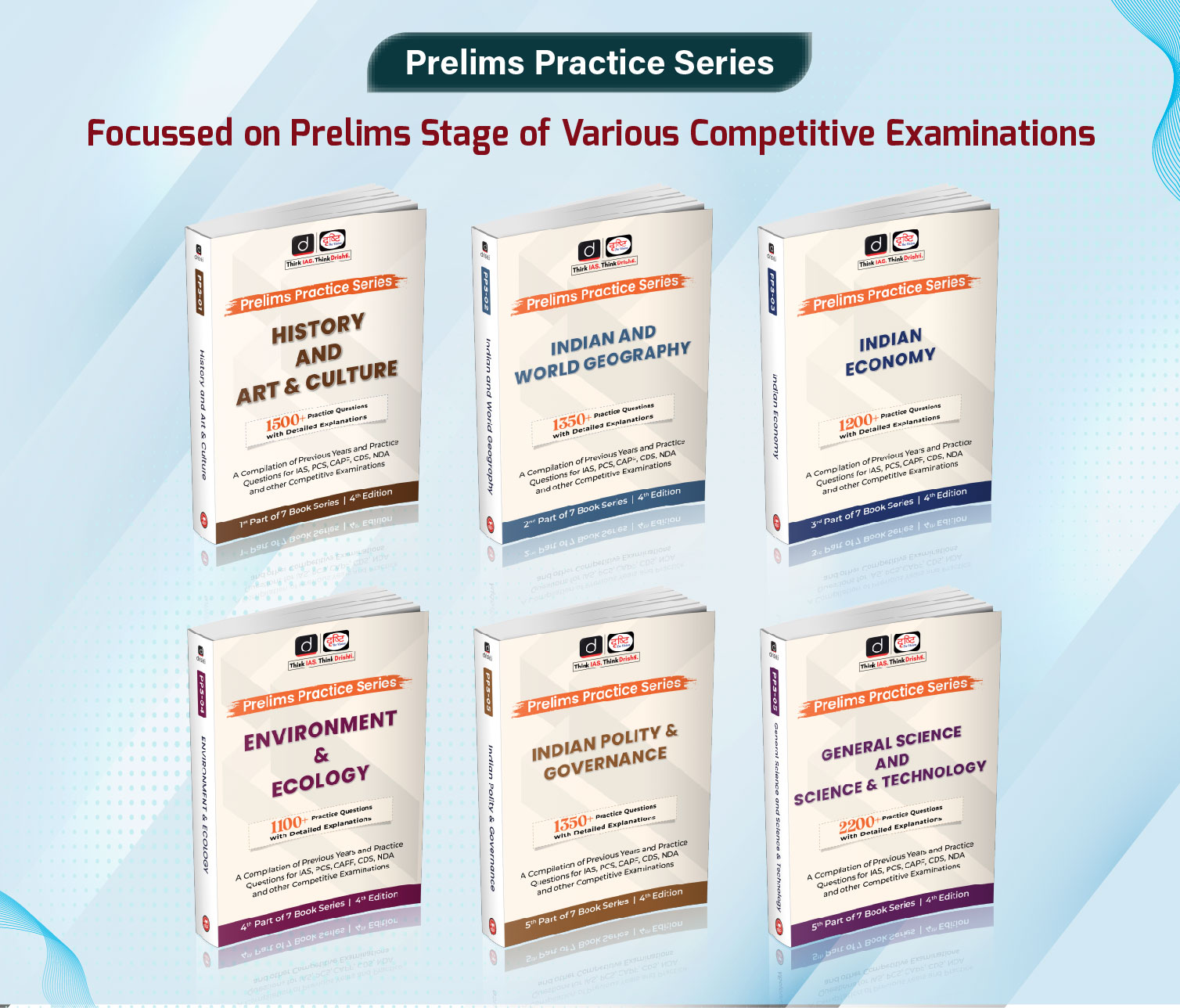

 PCS Parikshan
PCS Parikshan